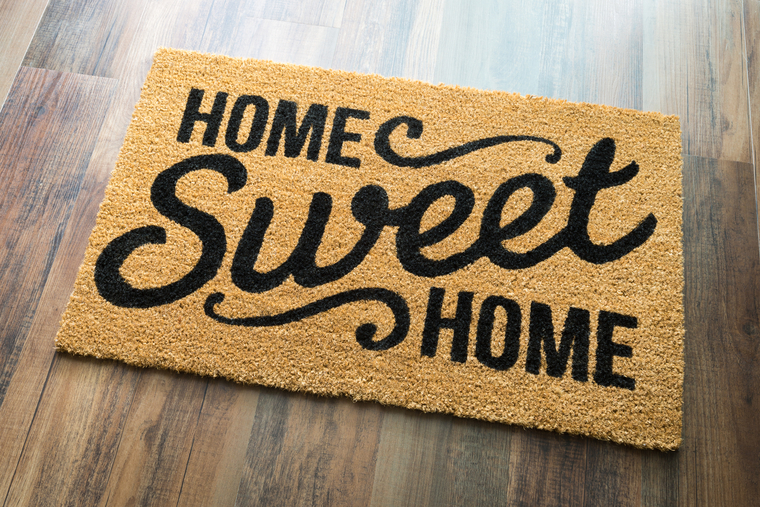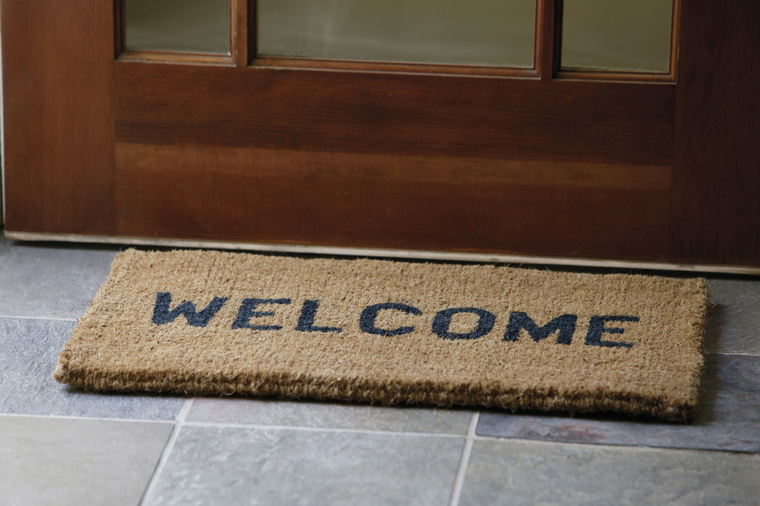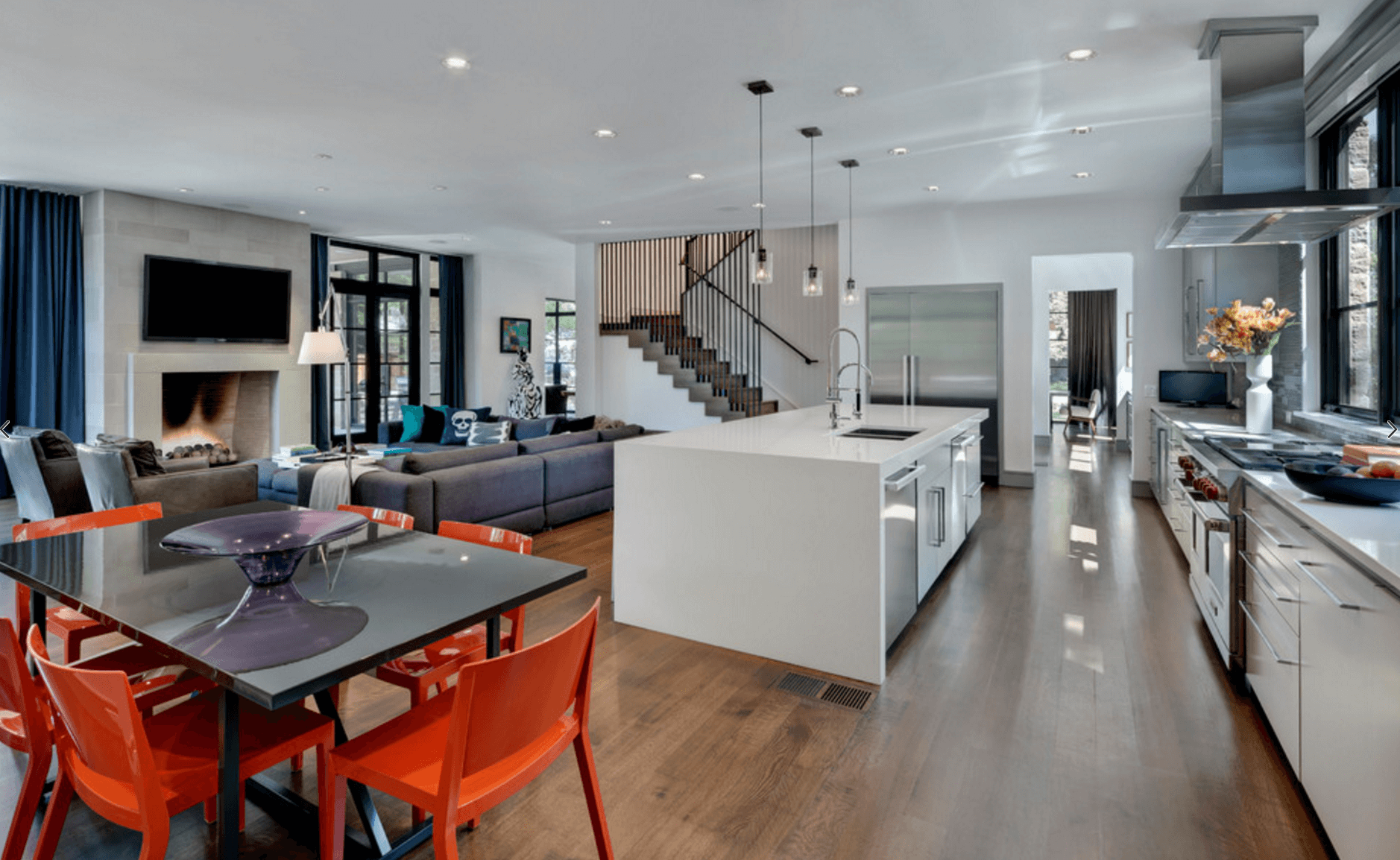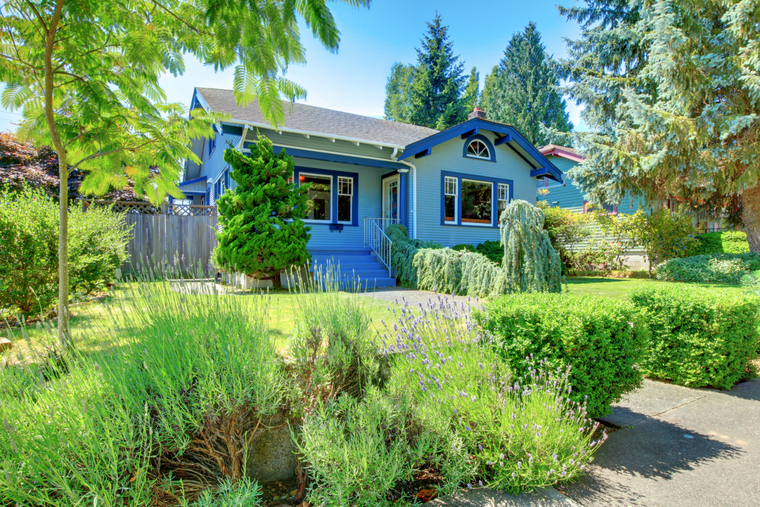When Things Go Bump in the Night

 It’s almost Halloween; the time of year when people decorate their homes with haunting embellishments and spooky décor. Bats, spiders, and rodents are all good and fun when they’re made of plastic, but when you have the real thing taking up residence in your home, it’s no treat. Here are some tips for making sure these frightening critters don’t make your house their permanent home.
It’s almost Halloween; the time of year when people decorate their homes with haunting embellishments and spooky décor. Bats, spiders, and rodents are all good and fun when they’re made of plastic, but when you have the real thing taking up residence in your home, it’s no treat. Here are some tips for making sure these frightening critters don’t make your house their permanent home.
Blood Suckers
While they may not turn into vampires in real life, preventing a bat infestation is actually good for your health. That’s because bats are a known carrier of rabies and an accumulation of their droppings can cause lung problems in humans. Bats can enter your home through holes less than an inch wide, and when they do, they often find the attic to be very accommodating to their needs. So, how do you keep them from settling in? Start by checking your roof and siding for any gaps. Check your attic for any signs of infestation, including: brown stains around any openings in your siding or roof (from oil on their skin), droppings, or strange sounds coming from the attic. Ghosts aren’t the only ones who like it up there.
To prevent or rid your home of bats follow these tips:
- Get rid of the bats now, so they can find alternative shelter before hibernation season in the winter.
- Check with local pest control companies; in some states it is illegal to exterminate bats.
- Locate the point of entry.
- Hire a professional to evacuate the bats.
- As mentioned above, bats can cause health problems; hire a professional who has experience and the right equipment. There are humane options available.
- Prevent re-entry by sealing any openings.
- Use mothballs to prevent re-nesting. Bats have a tendency to return to previous nesting sites, so this may need to be repeated.
Creepy Crawlies
In lists of common phobias, more than thirty percent of adults report fearing spiders, right behind public speaking and death. Most spiders that you find in your home are perfectly harmless; however, that doesn’t mean you want to share your space with them. To be on the safe side, there are some measures you can take to protect yourself from our little eight legged friends. Even a bite from a harmless spider can cause infections with itchy, red skin. In most cases, it can be treated by washing it with cool, soapy water, elevation, and an ice pack. Of course, if it shows signs of getting worse, your next step should be calling your doctor. Spider varieties that you should avoid include: Hobo spiders, Black Widows, Brown Recluses, and the Yellow Sac spider. These spiders are poisonous and can cause a number of symptoms from vomit to necrotic lesions. According to experts, spiders very rarely cause death in humans; however, if you are bit by a venomous spider you should seek immediate medical attention (and bring the spider remains with you, if possible).
Here are some tips to reduce spiders in your home:
- Kill spiders on sight.
- Place non-poisonous spider traps with non-toxic attractants and glue in areas where spiders are commonly found and in corners.
- Be careful with common insect repellent and spider sprays, these can be toxic and harmful to children and pets.
- Spiders can be deterred with essential oils: lavender, chestnut, clover leaf, and coconut.
- Use ultrasonic devices.
Rodents:
The most effective way to prevent mice and rat infestation is to keep them out of your home in the first place. Mice can get through a gap as small as a quarter of an inch, so thoroughly inspecting the foundation and interior of your home for entrance points and sealing any cracks or holes is a great way to start. Rodents are also excellent at tracking food sources. Keep all food, including pet food and pantry items in secure bins and jars.
If you have found evidence of mice or rats (generally droppings or urine) take caution. Rodent secretions can be hazardous, and can spread salmonella or hanta virus. There are multiple methods for removing rodents from your home, including traps, poison bates, electronic and sonic devises and, a house cat, or professional exterminator.
If you are getting rid of the critters on your own you will want to follow these steps:
- Identify their food source(s), entry points, and common routes around and through your home.
- Remove food source with secure packaging that cannot be chewed through, such as glass containers.
- Seal all entry points with wire mesh.
- Place sonic devises, traps, poison, or other deterrents in the pathway of the rodents.
- Use caution, make sure poison or exposed traps are not accessible to children or pets.
- If you find urine, droppings, or a dead mouse you will want to spray the surface and mouse with a bleach/water solution. Using gloves and a face mask, remove the rodent and wipe all surfaces.
- If you have identified a large quantity of rodents, contact a professional for removal and clean up.
- You may need to take extra measures to ensure the removal is permanent by changing components of your back yard, replacing siding, or upgrading building materials to prevent outdoor nesting and re-infestation.
Image courtesy of Stuart Miles at FreeDigitalPhotos.net
 Facebook
Facebook
 X
X
 Pinterest
Pinterest
 Copy Link
Copy Link



 Whether you’re starting a family, moving for your job, getting ready to retire or embarking on a new chapter in your life, when your home no longer suits your current situation, it’s time to think about selling it. Although this can be a bit complicated, with the help of your agent, you can minimize the hassles, get the best possible price, and shorten the distance between “For Sale” and “Sold”.
Whether you’re starting a family, moving for your job, getting ready to retire or embarking on a new chapter in your life, when your home no longer suits your current situation, it’s time to think about selling it. Although this can be a bit complicated, with the help of your agent, you can minimize the hassles, get the best possible price, and shorten the distance between “For Sale” and “Sold”.


